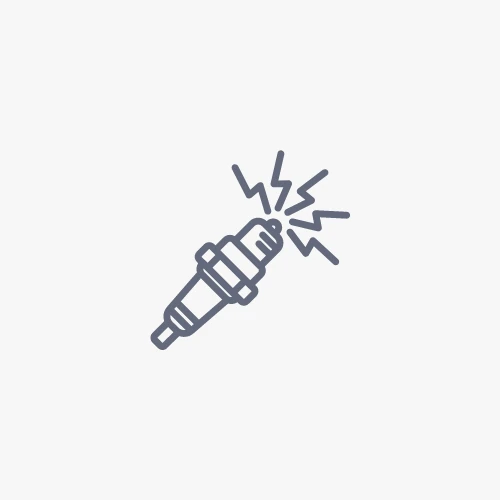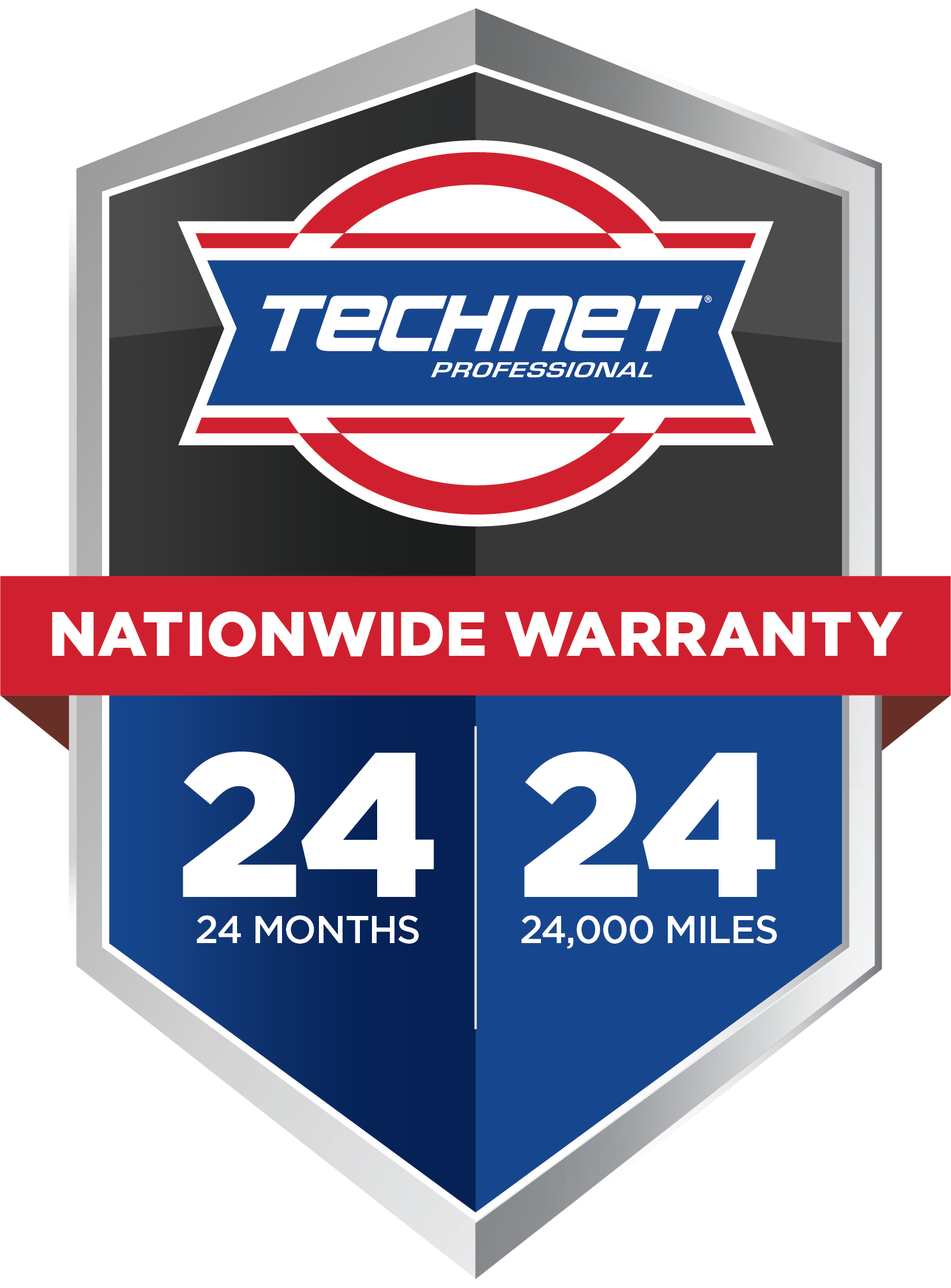Radiator Hose: Keeping Your Engine Cool

While you’re cruising down the highway or navigating city streets, the engine under your vehicle’s hood is working tirelessly, generating heat as it powers your journey. That’s where the radiator hose comes into play, an often overlooked yet vital component of your engine’s cooling system. In this blog post, we’ll uncover the significance of the radiator hose, how it functions, common issues to watch for, maintenance tips, and why professional auto repair service is essential for keeping your engine running cool and trouble-free.
The Significance of the Radiator Hose
Radiator hoses are crucial for several reasons:
- Coolant Circulation
They transport coolant between the engine and radiator, regulating engine temperature. - Heat Dissipation
Radiator hoses facilitate the transfer of heat from the engine to the radiator. - Prevent Overheating
Proper coolant circulation prevents engine overheating, safeguarding against damage. - Engine Efficiency
Maintaining the right temperature ensures optimal engine performance and fuel efficiency.
How Radiator Hoses Function
Radiator hoses operate within a closed cooling system:
- Inlet Hose
The upper radiator hose carries coolant from the radiator to the engine. - Outlet Hose
The lower radiator hose returns heated coolant from the engine to the radiator. - Thermostat
A thermostat controls coolant flow to regulate engine temperature. - Cooling Process
Coolant absorbs heat from the engine, flows to the radiator, dissipates heat, and repeats.
Common Radiator Hose Issues
Over time, radiator hoses can encounter problems, including:
- Leakage
Cracks, wear, or damage can cause coolant leaks. - Collapse
A weakened hose may collapse under pressure, reducing coolant flow. - Swelling
Excessive heat can cause hoses to swell and weaken. - Aging
Radiator hoses deteriorate with age and exposure to heat and chemicals. - Fluid Contamination
Contaminants can enter the cooling system, affecting hose integrity.
Maintenance Tips for Radiator Hoses
To ensure your radiator hoses perform optimally, consider these maintenance tips:
- Regular Inspection
Include radiator hose checks during routine maintenance. - Coolant Quality
Use quality coolant to prevent corrosion and contamination. - Temperature Checks
Monitor engine temperature regularly. - Replace as Needed
Follow manufacturer recommendations for hose replacement. - Professional Service
Consider professional auto repair service for comprehensive cooling system inspections.
Why Professional Auto Repair Service Matters
Professional auto repair service is essential for radiator hose maintenance and repair because:
- Expertise
Skilled technicians understand cooling systems and hose issues. - Diagnostic Tools
Auto shops use specialized tools for cooling system diagnostics. - Quality Parts
Reputable providers use high-quality replacement hoses. - Safety
Proper maintenance ensures safe and reliable engine cooling. - Preventative Care
Professionals can catch hose issues before they lead to major engine problems.
Radiator hoses may go unnoticed, but they play a vital role in keeping your engine cool and your vehicle running smoothly. Understanding their significance, recognizing signs of issues, and adhering to maintenance schedules are essential for a trouble-free driving experience. However, entrusting radiator hose maintenance and repairs to professional auto repair service providers is the key to ensuring your engine stays cool and reliable. So, the next time you embark on a journey, remember the unseen hero beneath the hood—the radiator hose that keeps your engine’s temperature in check, so you can enjoy a worry-free drive.











